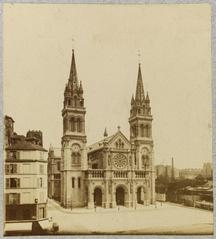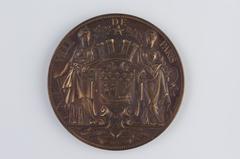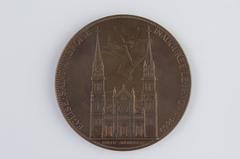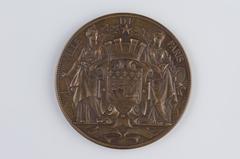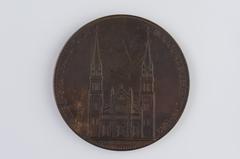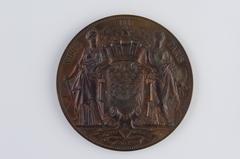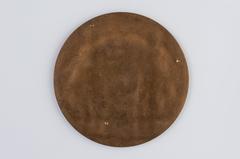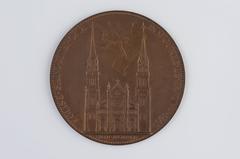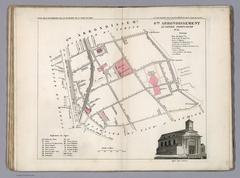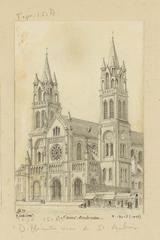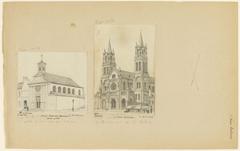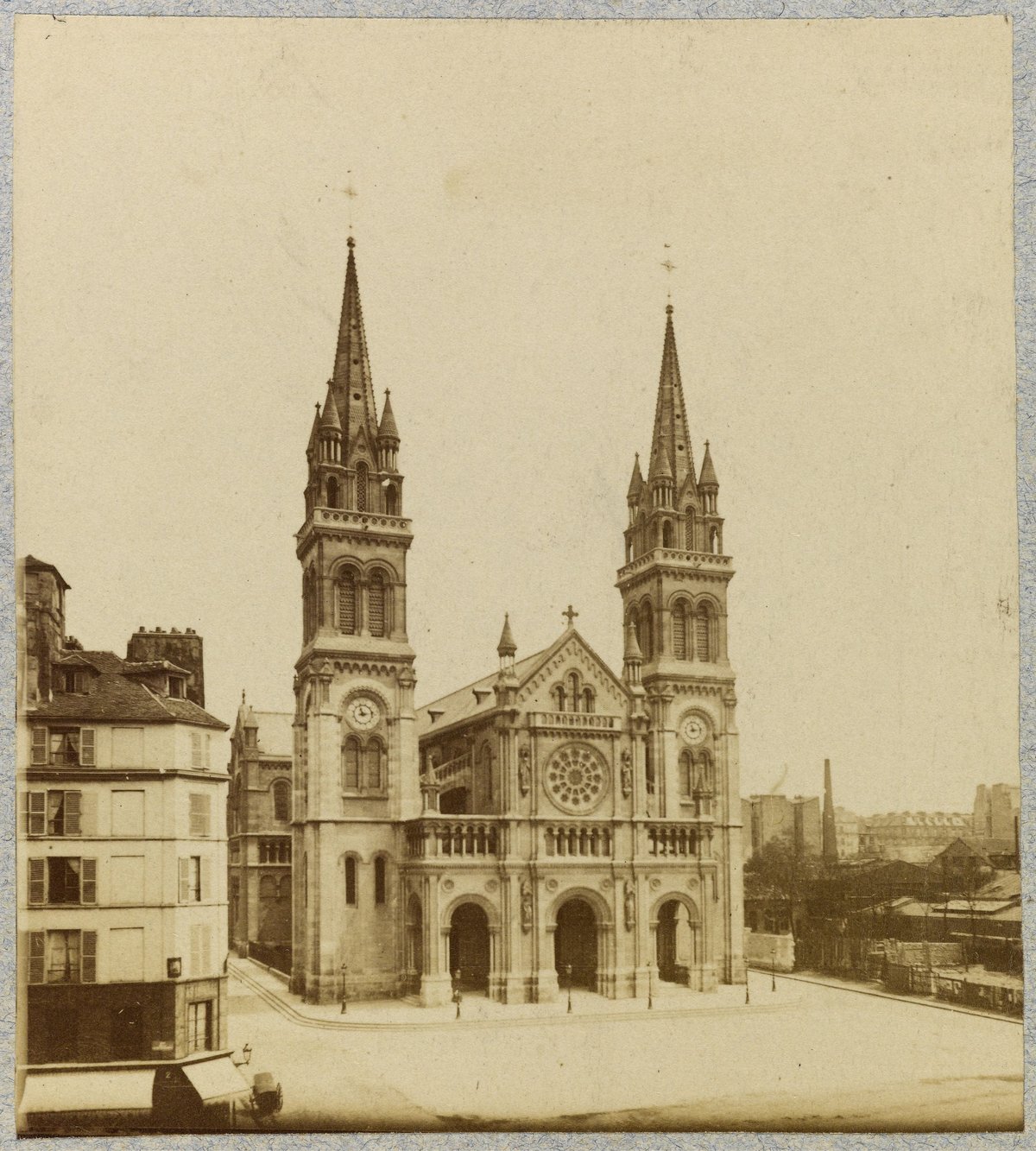
Saint-Ambroise Paris: Visiting Hours, Tickets, and Travel Guide
Date: 14/06/2025
Introduction
Saint-Ambroise, set in the lively 11th arrondissement of Paris, is a neighborhood that gracefully weaves together centuries of history, diverse architecture, and a dynamic cultural pulse. At its heart stands the iconic Église Saint-Ambroise, a 19th-century church renowned not only for its architectural splendor but also for its pivotal role in Parisian history and community life. This in-depth guide provides everything you need to plan your visit—from practical details like opening hours and ticketing, to insights into local culture, architecture, and must-see attractions.
Whether you’re a history enthusiast, architecture lover, art aficionado, or simply a curious traveler, Saint-Ambroise promises an experience that captures the essence of authentic Paris.
Table of Contents
- Introduction
- Historical Overview
- Architectural Highlights
- Key Events and Social Significance
- Visiting Information (Hours, Tickets, Accessibility)
- Exploring the Saint-Ambroise Neighborhood
- Community Life and Modern Vibrancy
- Practical Travel Tips
- Frequently Asked Questions (FAQs)
- Conclusion and Recommendations
- Sources
Historical Overview
Origins and Early Development
Saint-Ambroise traces its roots to a 17th-century chapel called Notre-Dame de Protection, established in 1659 by the Annuntiatine order. The chapel’s history reflects Paris’s broader religious transformations, from its dissolution during the French Revolution to its restoration and reconsecration in 1818 as Saint-Ambroise, in honor of the influential 4th-century bishop of Milan (France Voyage).
19th-Century Transformation
The mid-1800s brought dramatic urban change to Paris under Napoleon III and Baron Haussmann. To accommodate the new Boulevard Voltaire and create a public park, the original church was demolished. Recognizing the community’s needs, the city commissioned architect Théodore Ballu to design a new, grander church—built between 1863 and 1869—on the same site (Archik).
Architectural Highlights
Église Saint-Ambroise exemplifies the eclectic style of the Second Empire, skillfully blending neo-Romanesque, neo-Gothic, and neo-Byzantine influences. Notable features include:
- Façade: Three-arched porch, colonnaded gallery, rose window, and twin towers with octagonal spires.
- Interior: Ribbed Gothic vaults, cylindrical pillars with floral capitals, and striking stained glass.
- Artworks: Canvases by Jules-Eugène Lenepveu illustrating the lives of Saint Ambrose and Saint Augustine.
- Organ: A historic Merklin-Schütze organ from 1869, enhancing the church’s rich musical tradition (Ticketeaser).
Key Events and Social Significance
The Paris Commune of 1871
During the Paris Commune, Saint-Ambroise Church became a gathering point for the revolutionary feminist “Club Ambroise” and later functioned as a depot for arms, marking its place in the city’s turbulent history.
The Sans-Papiers Movement
In 1996, Saint-Ambroise was at the forefront of the immigrant rights movement when undocumented African migrants occupied the church, catalyzing national dialogue on human rights and social justice (France Voyage).
Visiting Information
Opening Hours:
- Generally open daily from 8:00 AM to 6:30 PM.
- Hours may vary during religious holidays; check the official parish website before your visit.
Tickets:
- Entry is free; donations are appreciated to support maintenance and community programs.
Guided Tours:
- Occasionally offered, especially during heritage days or by prior arrangement with the parish.
Accessibility:
- The church is wheelchair accessible, with ramps at the main entrance. Assistance is available on request.
Photography:
- Photos are permitted without flash or tripods to protect artworks.
Getting There:
- Metro: Saint-Ambroise (Line 9) is adjacent to the church.
- Nearby Stations: Oberkampf (Lines 5 and 9), Voltaire (Line 9).
Exploring the Saint-Ambroise Neighborhood
Haussmannian and Eclectic Streetscapes
Wander streets lined with elegant Haussmannian buildings, iron balconies, and mansard roofs—a testament to Paris’s 19th-century urban vision. Cobblestone lanes and colorful townhouses on Rue Popincourt and Rue Saint-Maur reveal the area’s pre-Haussmannian charm (Ticketeaser).
Artistic and Cultural Venues
Atelier des Lumières
- Location: 38 rue Saint-Maur
- Visiting Hours: Tuesday–Sunday, 10:00 AM–6:00 PM; Fridays until 9:00 PM.
- Tickets: €14–€16 (discounts available); book online.
- Highlights: Immersive digital exhibitions of artists like Van Gogh and Monet, projected onto the foundry’s walls and floors.
Art Galleries and Theaters
The area features independent galleries and small theaters offering avant-garde exhibitions and performances, particularly vibrant during events like Nuit Blanche (Ticketeaser).
Green Spaces and Public Art
- Promenade Richard-Lenoir: A tree-lined boulevard paralleling Canal Saint-Martin, known for public art and the bustling Marché de la Bastille.
- Square Maurice-Gardette: Tranquil park with lawns, playgrounds, and whimsical sculptures—ideal for a break from urban activity.
Artisan Shops and Local Boutiques
Saint-Ambroise’s creative spirit is showcased in artisan shops selling handmade jewelry, vintage fashion, and specialty foods. Explore Rue Popincourt for unique gifts and local craftsmanship (Ticketeaser).
Community Life and Modern Vibrancy
Saint-Ambroise Church remains a vibrant parish, hosting regular masses, choral concerts, cultural festivals, and charitable programs such as “Le Petit Café” for local outreach (Saint-Ambroise Parish). The neighborhood’s blend of families, creatives, and young professionals fosters a warm, inclusive atmosphere.
Practical Travel Tips
- Best Time to Visit: Weekday mornings for a peaceful experience.
- Dining: Reserve tables at popular bistros. Outdoor seating is common in summer.
- Exploring: Walk or use Vélib’ bikes; many attractions are within walking distance.
- Safety: Generally safe, with lively nightlife near Oberkampf and quiet residential streets elsewhere.
- Accommodation: Options range from boutique hotels to affordable Airbnb rentals.
Frequently Asked Questions (FAQs)
Q: What are the visiting hours for Église Saint-Ambroise?
A: Open daily from 8:00 AM to 6:30 PM; check the official website for updates.
Q: Is there an entrance fee?
A: No, entry is free. Donations are welcome.
Q: Are guided tours available?
A: Yes, contact the parish or local tour operators to book in advance.
Q: Is the church accessible for visitors with disabilities?
A: Yes, via ramps and accessible entrances.
Q: What else is there to see nearby?
A: Atelier des Lumières, Square Maurice-Gardette, Canal Saint-Martin, Rue Oberkampf, and Père Lachaise Cemetery (Paris.fr).
Conclusion and Recommendations
Saint-Ambroise offers a captivating glimpse into Parisian life, harmoniously blending architectural grandeur, social history, and contemporary vibrancy. The neighborhood’s church stands as both a historic monument and a living community hub—open, welcoming, and steeped in tradition.
For a full experience:
- Start at Église Saint-Ambroise, appreciating its architecture and art.
- Wander the eclectic streets, visit Atelier des Lumières and local markets.
- Enjoy the culinary scene in nearby bistros and cafés.
- Relax in green spaces like Square Maurice-Gardette.
Plan ahead by checking current visiting hours and event schedules. For up-to-date guides, local tips, and exclusive content, download the Audiala app and follow our social media channels for the latest on Paris’s hidden gems.
Sources and Further Reading
- Visiting Saint-Ambroise Church in Paris: History, Hours, Tickets, and Tips, France Voyage
- Visiting Église Saint-Ambroise: Hours, Tickets, and Exploring Paris’ Saint-Ambroise Neighborhood, Ticketeaser
- Saint-Ambroise Church Paris: Visiting Hours, Tickets, and Cultural Significance, Saint-Ambroise Parish
- Exploring Saint-Ambroise: Visiting Hours, Tickets, and Paris Historical Sites Guide, Archik
